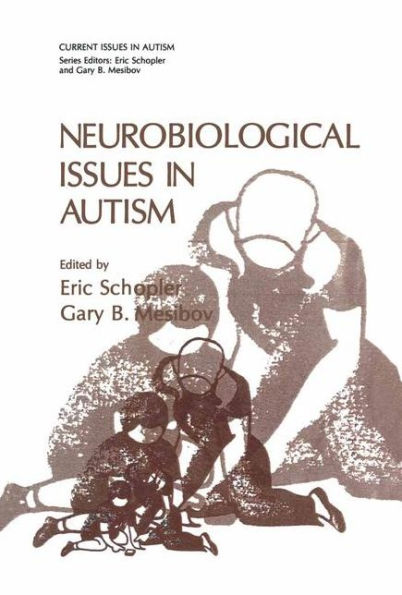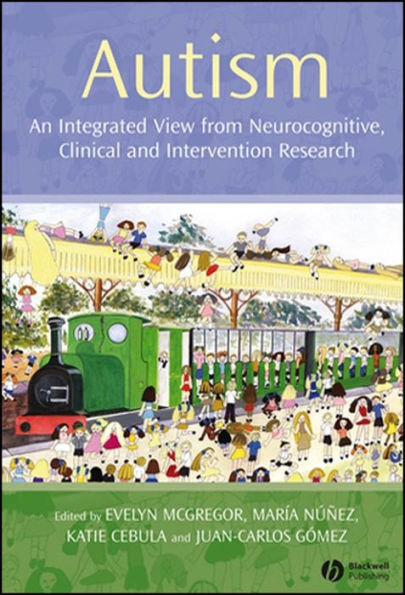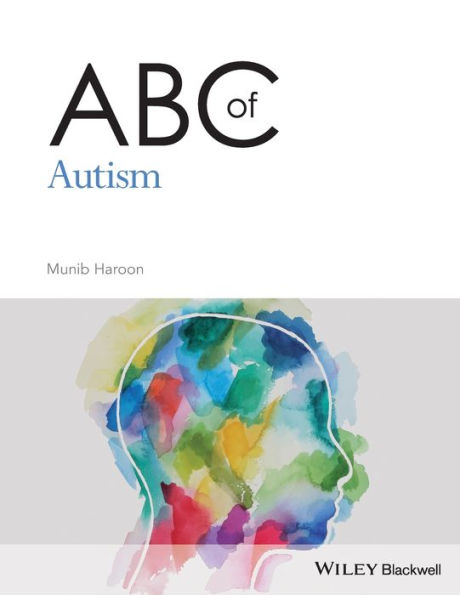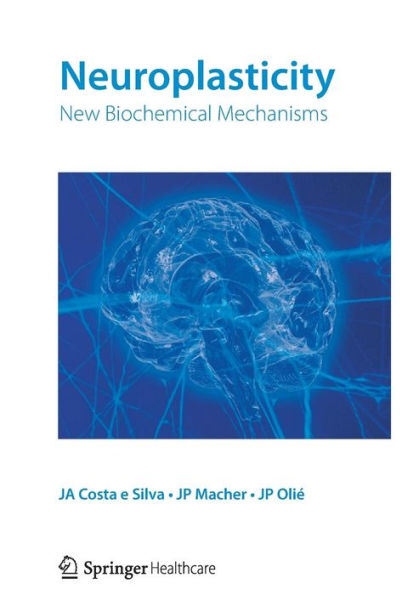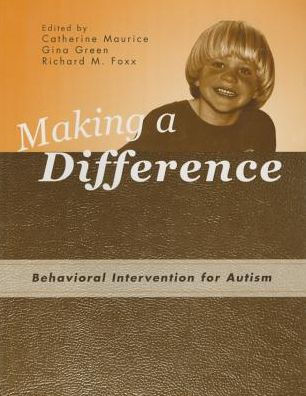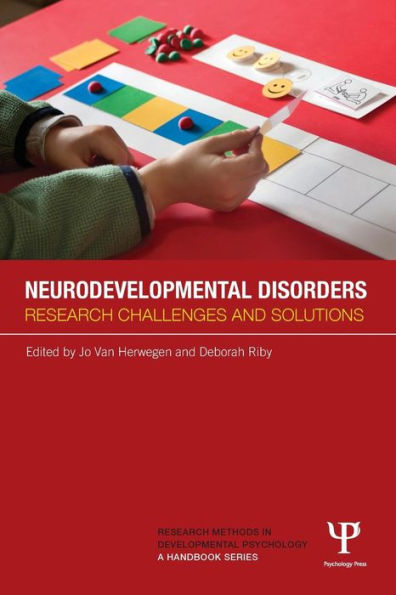Home
The Neurochemical Basis of Autism: From Molecules to Minicolumns / Edition 1
Barnes and Noble
The Neurochemical Basis of Autism: From Molecules to Minicolumns / Edition 1
Current price: $169.99
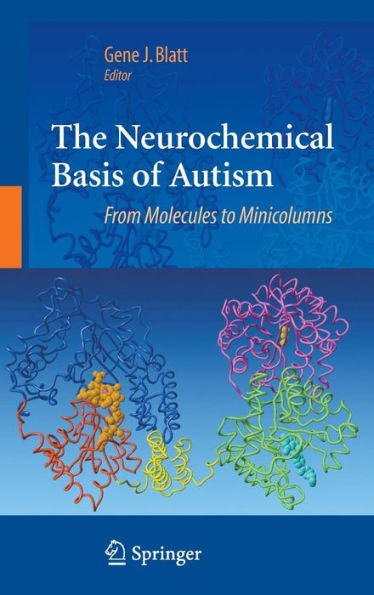

Barnes and Noble
The Neurochemical Basis of Autism: From Molecules to Minicolumns / Edition 1
Current price: $169.99
Size: OS
Loading Inventory...
*Product information may vary - to confirm product availability, pricing, shipping and return information please contact Barnes and Noble
This book contains an array of unique perspectives on autism from top researchers in their respective fields. It begins with a clinical and medical perspective that discusses etiologies, early identification, advancements in medical care and associated disorders. It then proceeds to cover a variety of topics such as neuropathological changes in autism to the pre- and post-natal development timing of the disorder, changes in the cerebellum in autism, the role of oxyin in autism, the relationship of oxidative stress and autism, a comprehensive review of pharmacotherapies, and much more. Lastly, the book recounts the novel hypotheses being used to explore the causes and cures of the disorder.
Chapter introductions and lay abstracts make this book as accessible to the parents, siblings and caretakers of autistic children as it is indispensable to the scientists, researchers and clinicians on the front line of this baffling affliction.
About the Editor
Dr. Gene J. Blatt is currently an Associate Professor in the Department of Anatomy and Neurobiology at Boston University School of Medicine. He received his Ph.D. specializing in Neuroanatomy at Thomas Jefferson University in Philadelphia. For the past 10 years, Dr. Blatt’s research interests have focused on the neuropathological and neurochemical basis of autism, utilizing cerebellar, limbic and cerebral cortical human postmortem tissue and he has published extensively in these areas. A specific focus has been on the GABA system in autism and Dr. Blatt was one of the first researchers to demonstrate GABAergic abnormalities in the autism brain.
